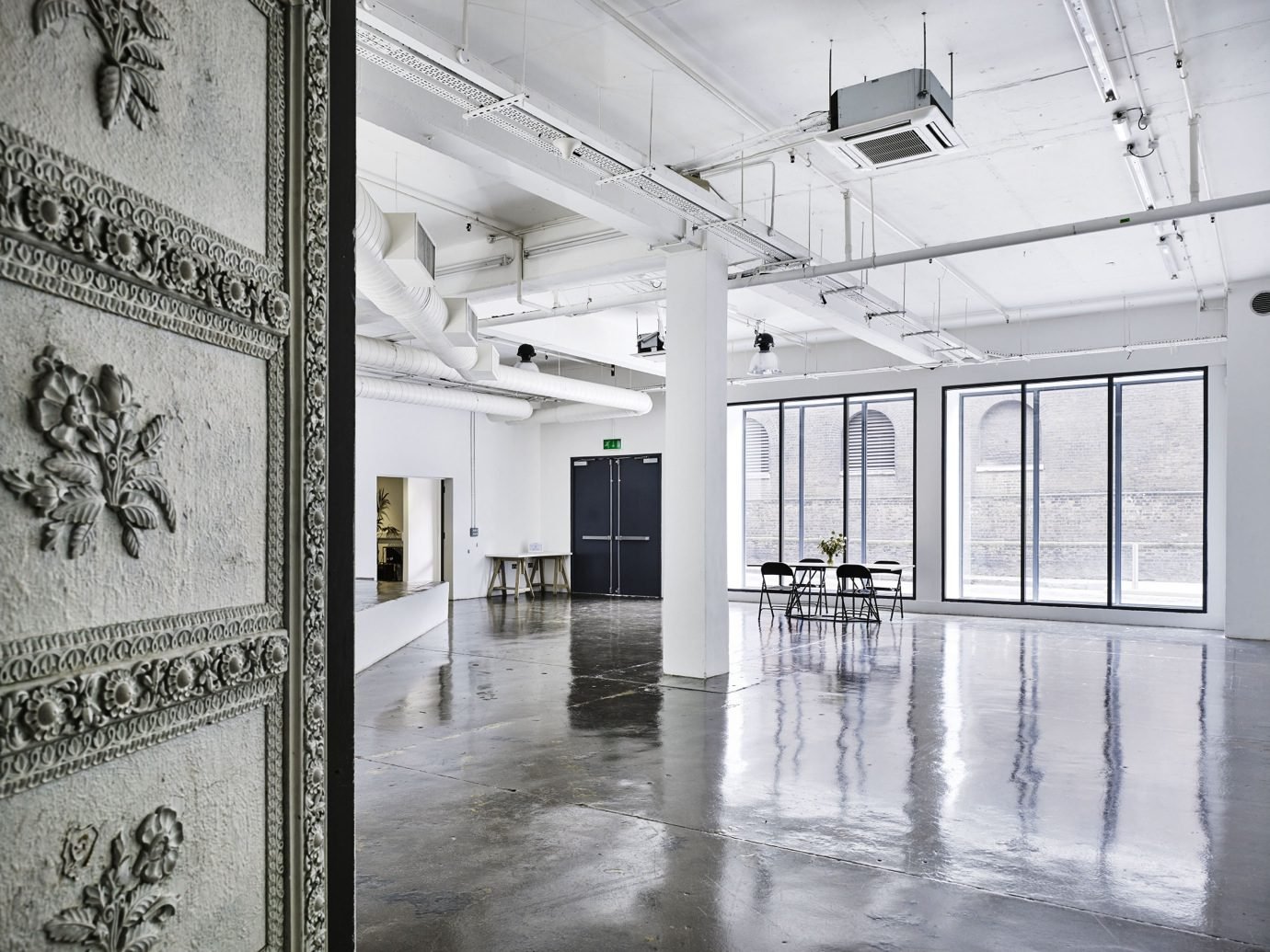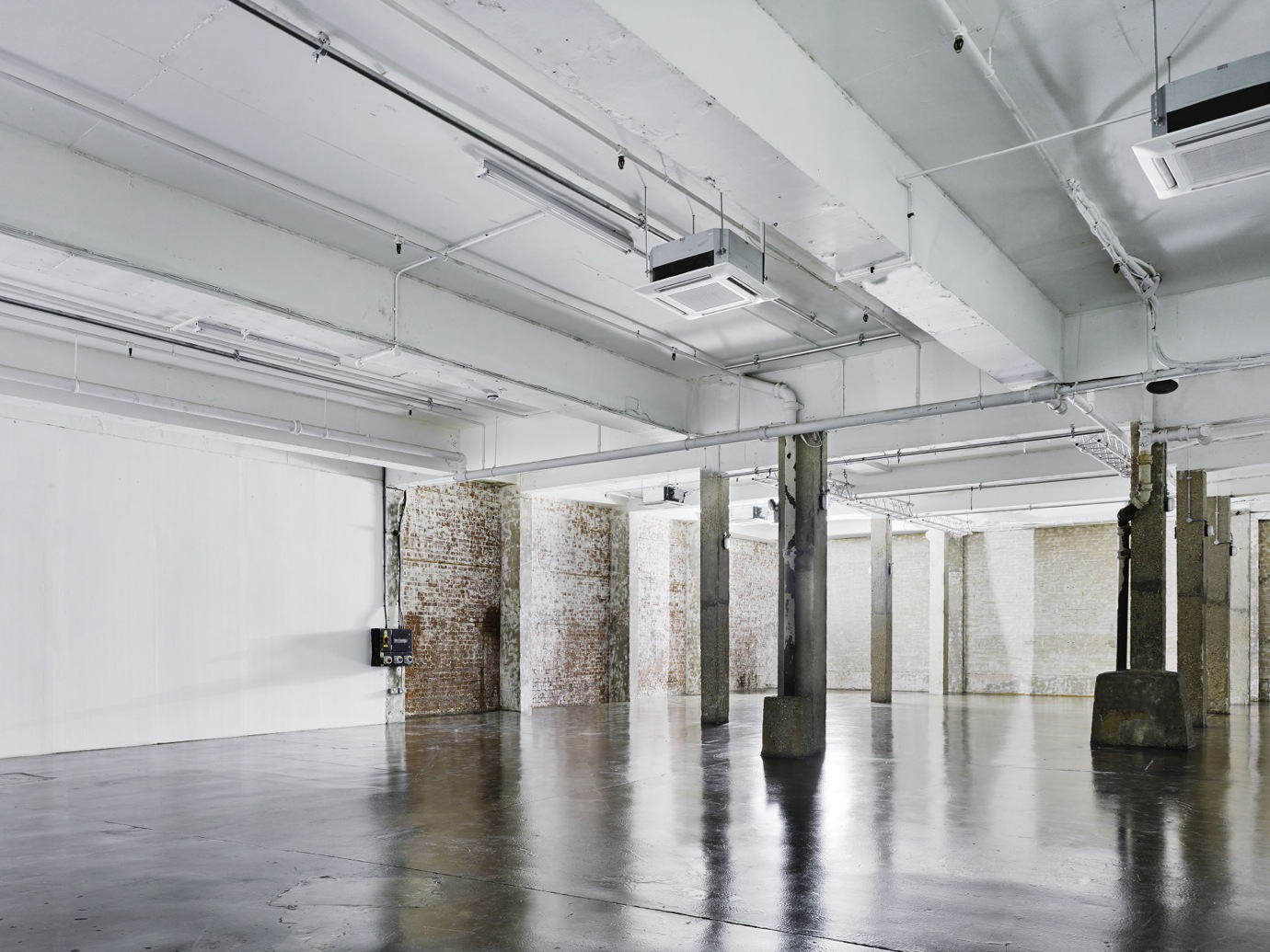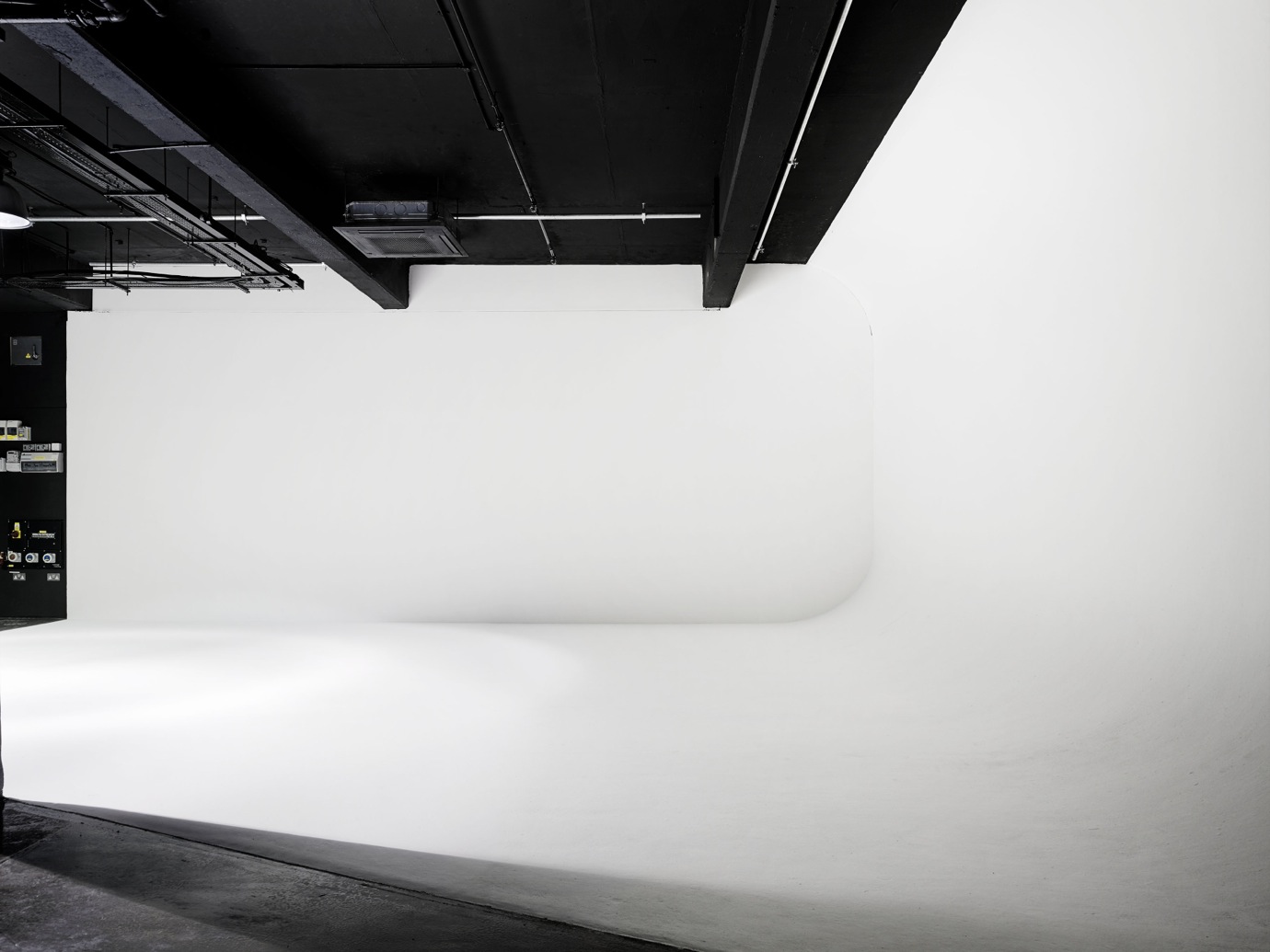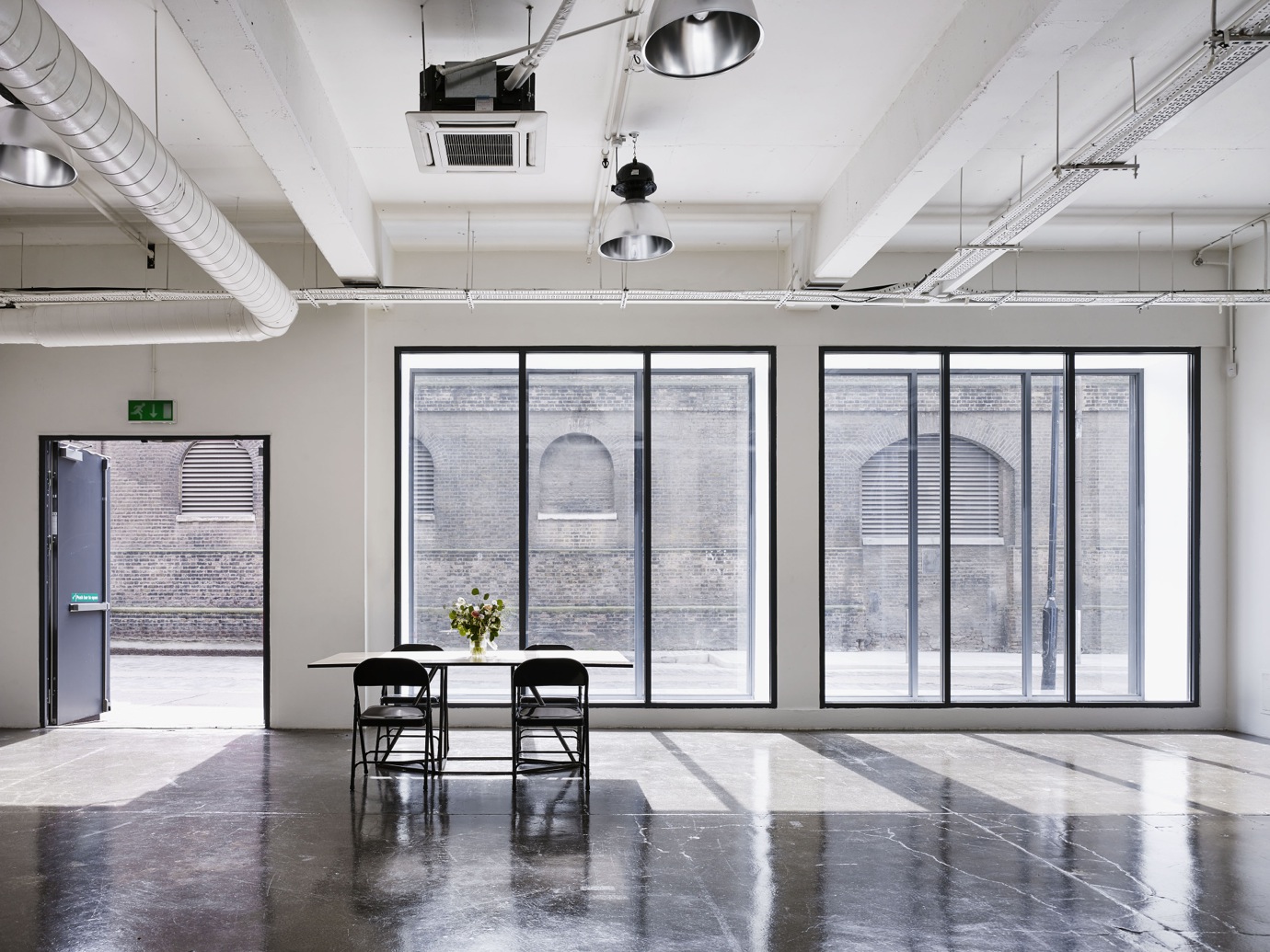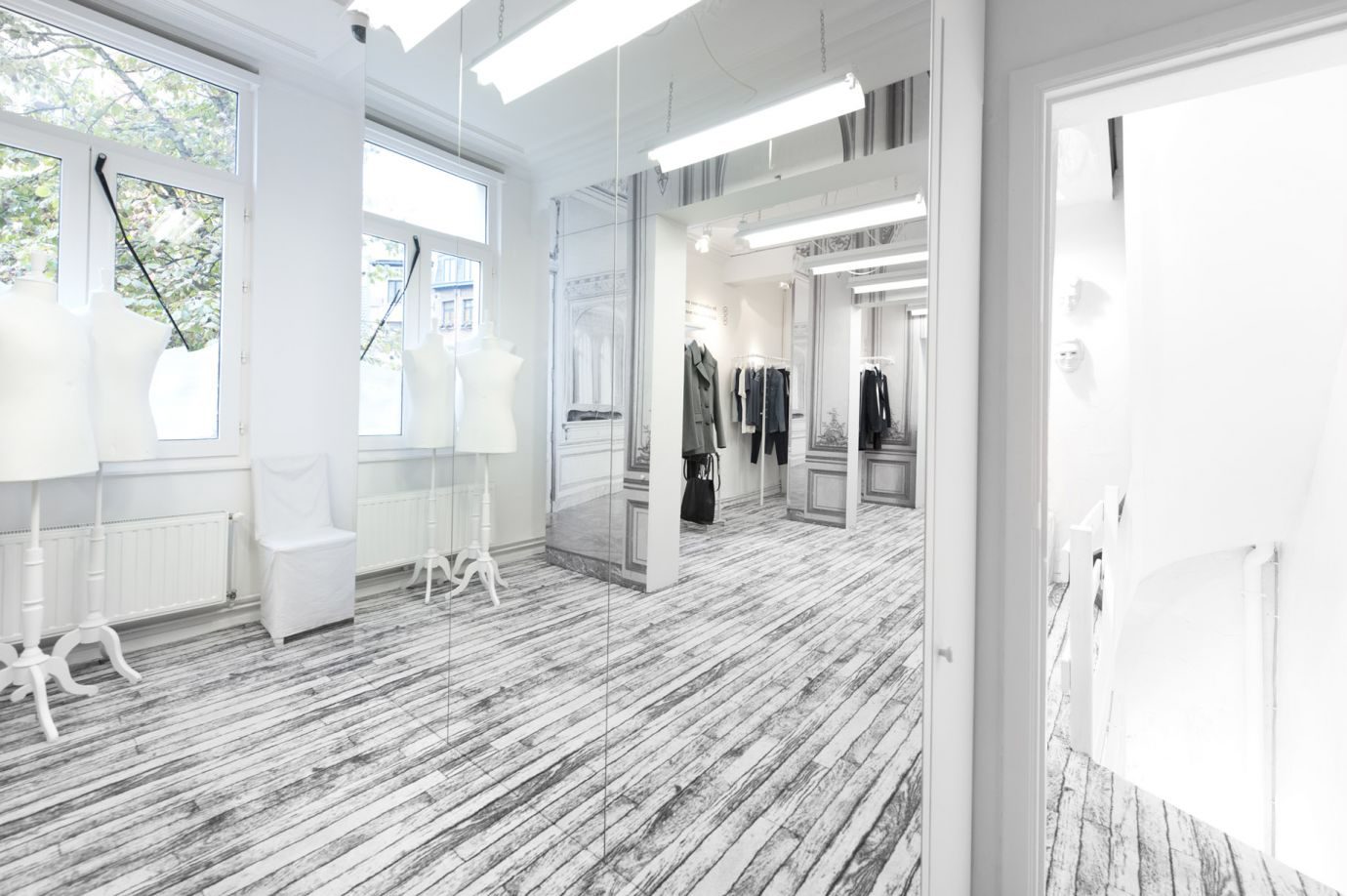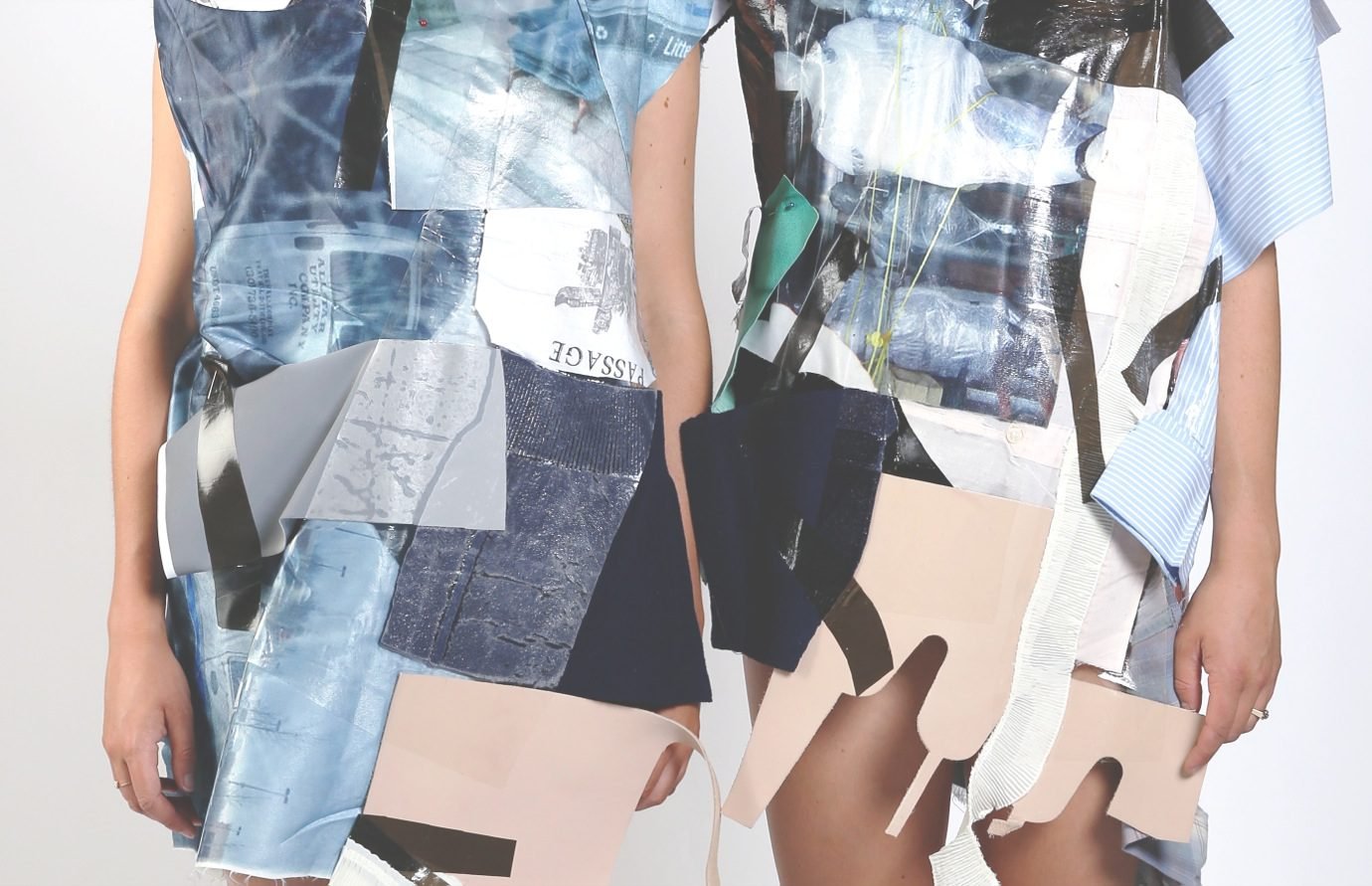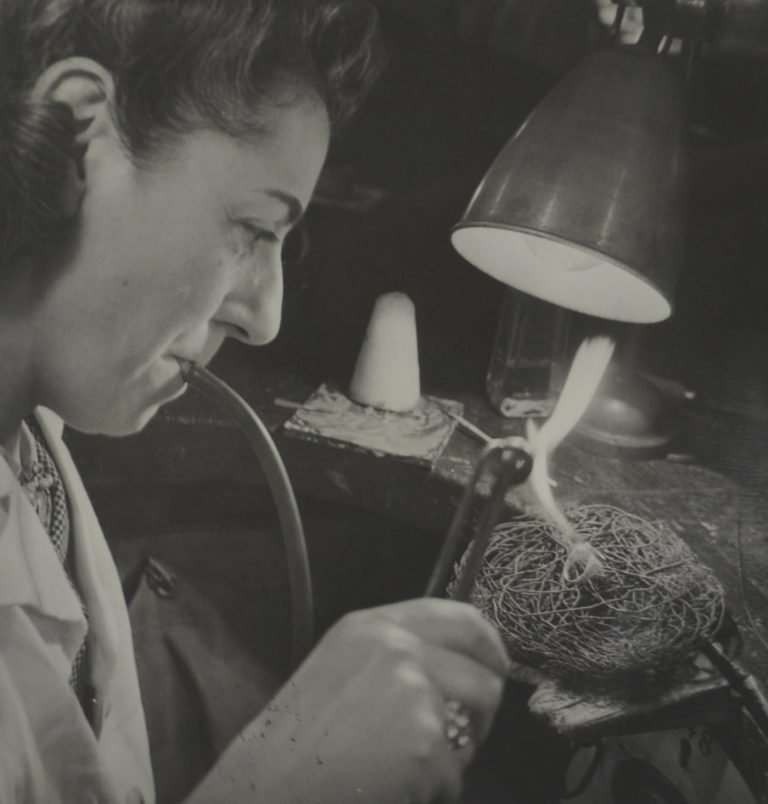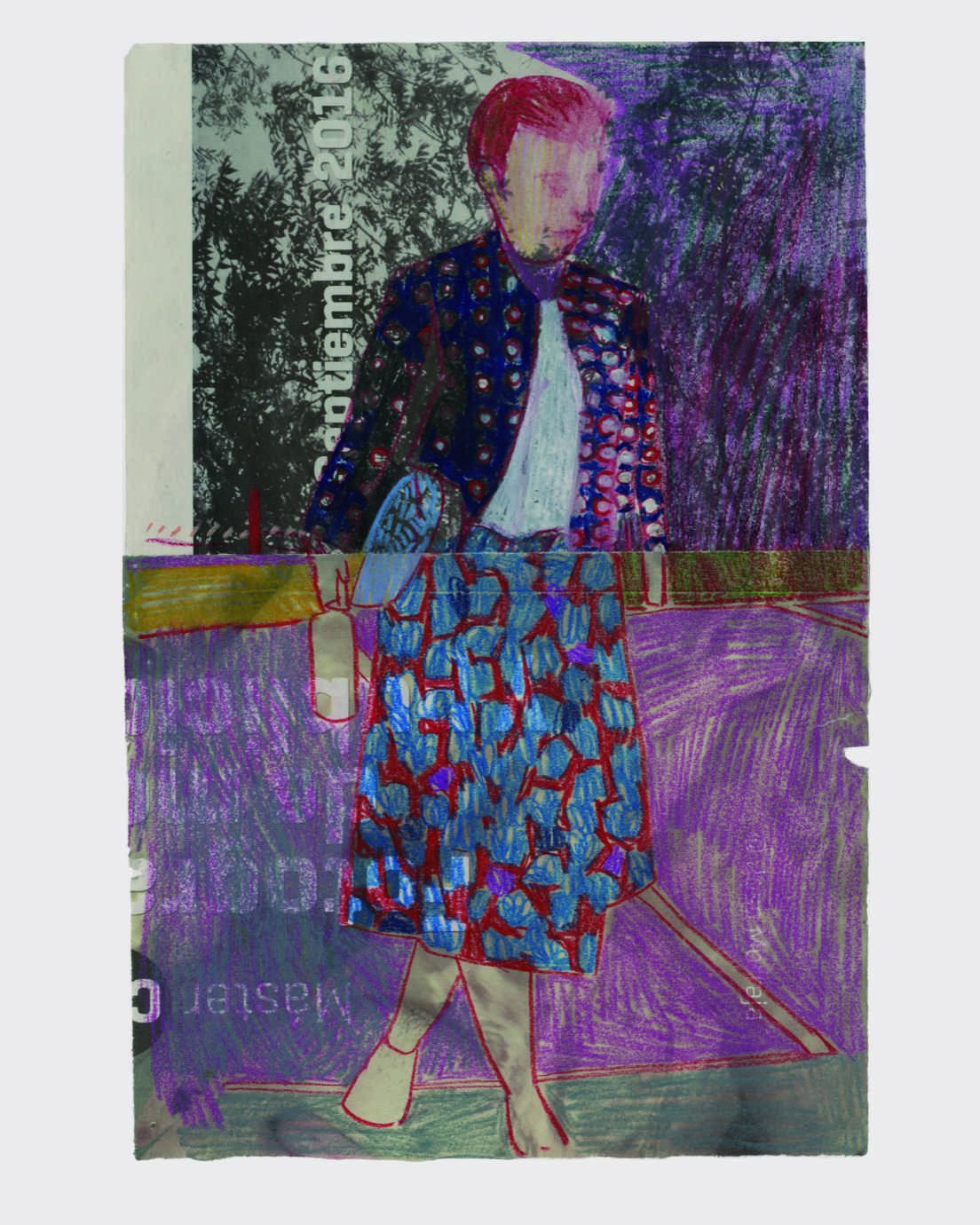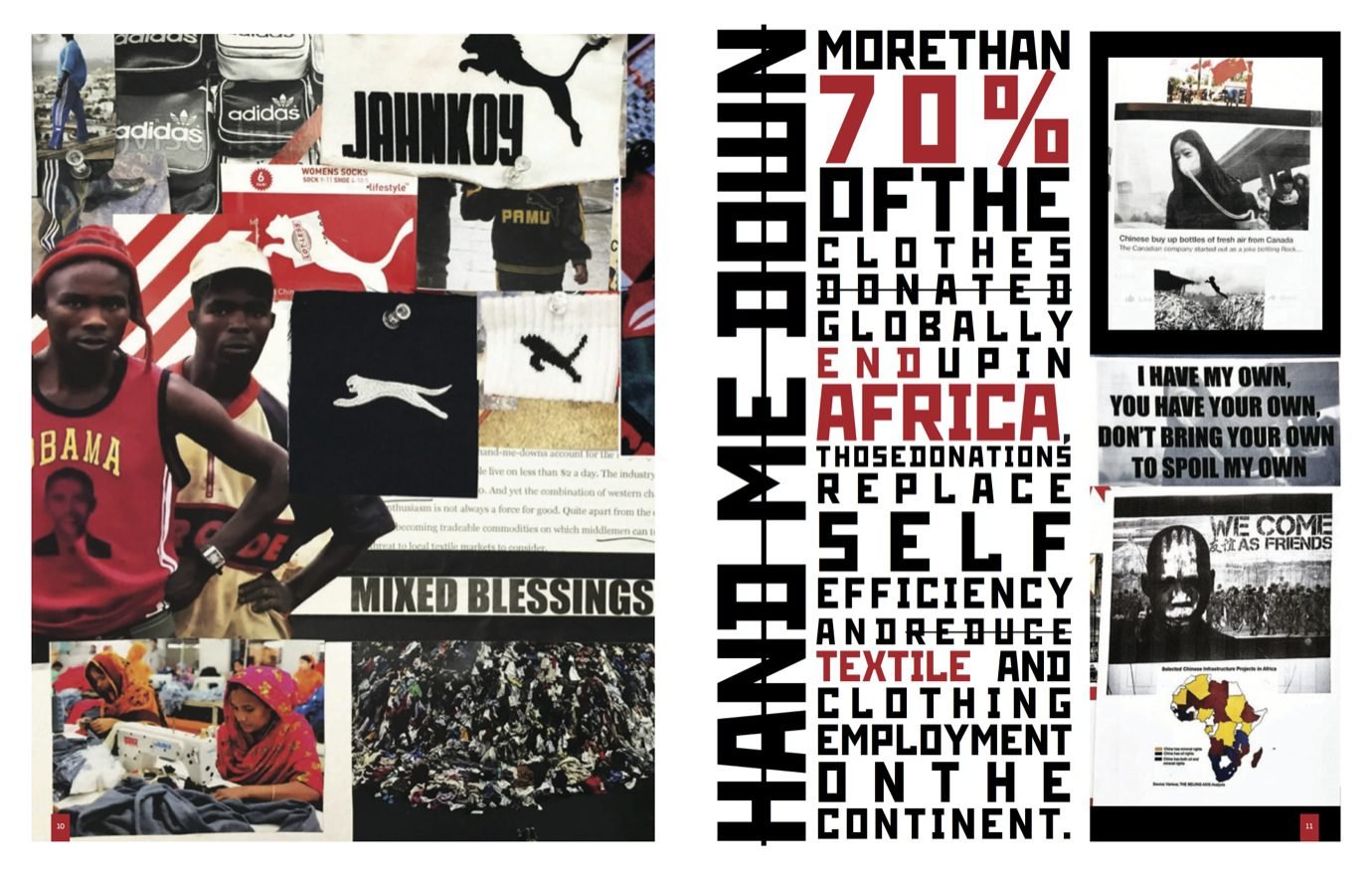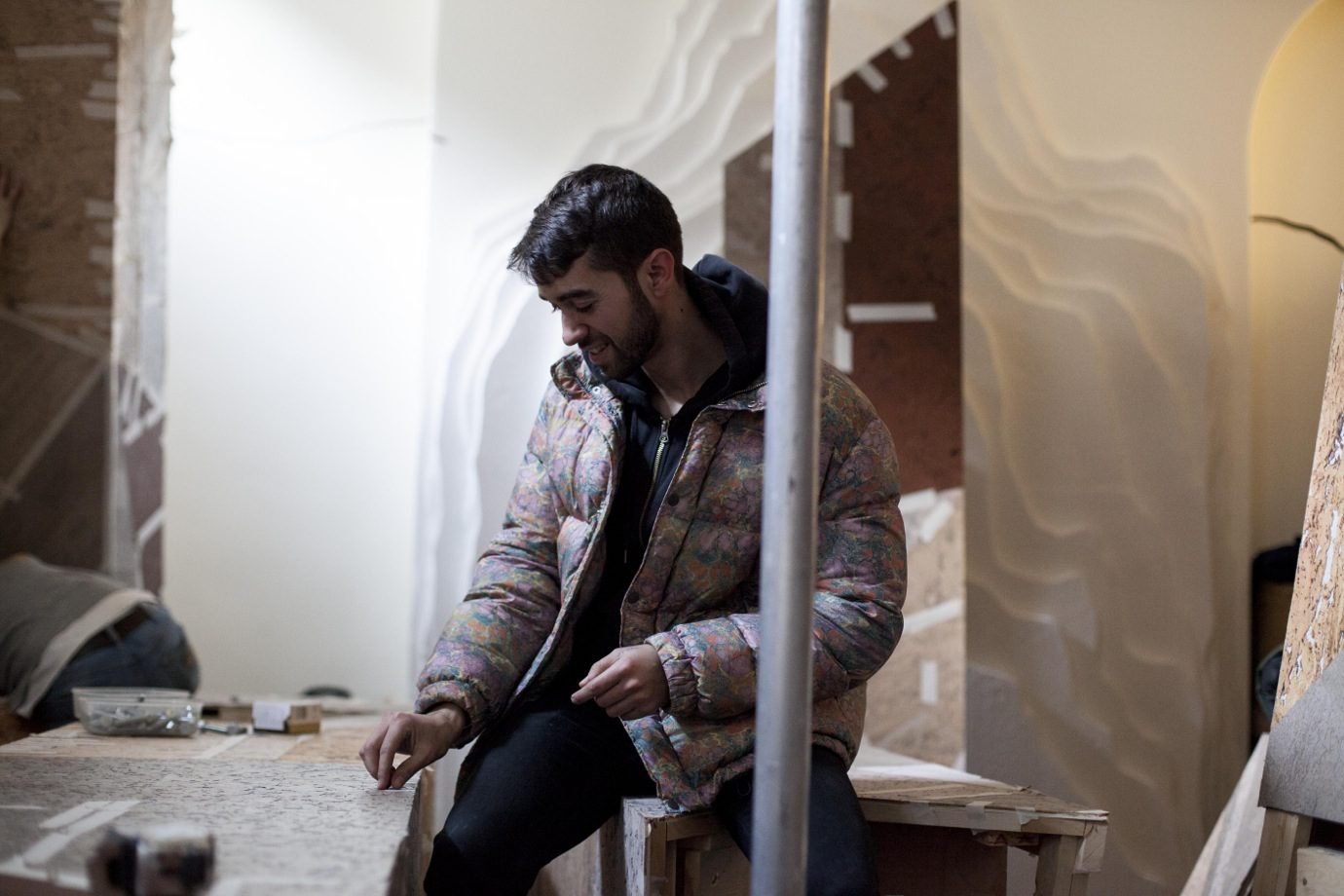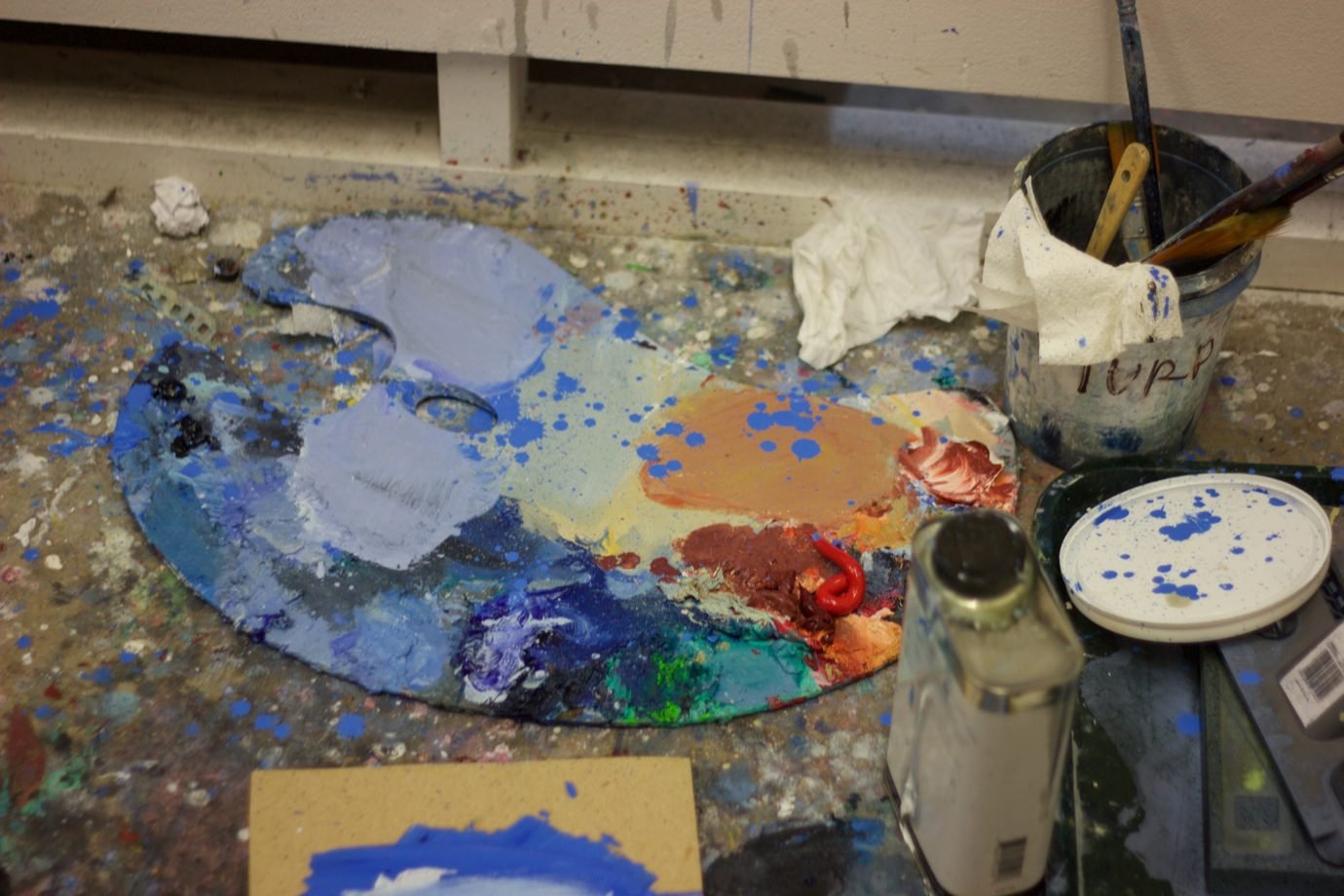Invaluable to some of the best image makers are a team of highly skilled professionals going by the name of Studio Private. They do everything that’s visual to facilitate either brands, agencies, photographers or directors, to create imagery for marketing, creative and editorial purposes. Remember that scene from The September Issue where different retouched versions of Sienna Miller’s neck are presented for the final cover? This is one of the many things that you’ll find Studio Private doing. But, their work goes way beyond average Photoshop skills. Counting that their clients include brands like LVMH, Prada and Chanel, and publications like A Magazine Curated By, New York Times and American Vogue, it goes without saying that one must be diligent to help creating some of the industry’s most defining imagery. To get more insight into the world of what some simply call ‘post’, we sat down with Erika Trotzig, the co-founder of the eleven-year-old company, and Daniel Margolin, the Head of Production. Their friendship and colleague-ship goes way back to foundation year; being roommates, and both studying BA Fashion at Central Saint Martins: Erika doing Womenswear, and Daniel Menswear. “So a long time ago,” says Erika. “Yeah, 270 years ago,” jokes Daniel.
Behind the scenes of fashion is where you will find a vast amount of professions that aren’t as in your face as being a photographer of Nick Knight caliber, or being the head of an internationally recognised fashion house. While we explore a variety of fashion jobs on 1 Granary to unveil the real ‘backstage’ of the industry, we take a look at one of the aspects of image-making that is not widely visible and promoted in fashion curriculums: post-production. There’s more to fashion than the surface.
“PEOPLE CAN SHOOT ON LOTS OF DIFFERENT THINGS. ANALOG OR DIGITAL, WE DON’T REALLY CARE, BECAUSE IN THE END IT’S THE FINAL IMAGE THAT WE HELP PEOPLE REALISE.”
The ‘real’ start of the company was a bit over a decade ago, when Ellis Ruddick (Erika’s husband) worked as a photographer’s assistant and did some retouching on the side. He steadily grew his connections, took on more work, and eventually it became a full-time gig. From there on, Studio Private developed into ‘all sorts of different reincarnations,’ as they kept adding services like motion, DFX and creative consulting. One of the most important parts of growing the company, were the high-profile people that they worked with, who became their collaborators through a meticulous searching process. It shows that being determined to work with only the best requires real dedication and perseverance. When Daniel joined the company, he did all the sales and brought in the people they worked with. “But it wasn’t really about sales,” he tells us. “It was more about looking out there: who are the interesting people that we could work with and how do we get them into our business? How do we show them what we can do; offer them things, and find out what they need? As the business grew, it became more practical. I was actually making sure that those people were looked after; that their work was done to the highest level; that we had the best people to help them, and that those people had the best equipment to help them. It just evolved.”
So no more retouching of French Vogue covers? Daniel laughs and responds by saying no about five times before adding, “I can barely even turn a computer on. I’m more talking with people and looking at how to make everything happen.” Quite analog, no? A bit like the current trend of photographers deciding to shoot on film, especially the crop of recent Fashion Communication graduates who seem to take preference towards a more personal/DIY approach. How does that actually work for a company so specialised in digital manipulation? Daniel argues that all the people they have ever worked with have always dipped in and out of analog. “I remember five years ago, everyone was shooting film and then right away it went digital again — it flip flops back and forth.” Erika mentions that they work with a lot of photographers’ experimentations, and mentions how Daniel Sannwald used to also shoot with his mobile phone. “People can shoot on lots of different things. Analog or digital, we don’t really care, because in the end it’s the final image that we help people realise.”
“YOU ACTUALLY PREFER TO DO THE WORK THAT IS MORE CREATIVE BUT DOESN’T PAY. HOWEVER, YOU CAN’T AFFORD TO KEEP DOING THAT UNLESS YOU DO THE OTHER STUFF.”
If they work with a photographer they know very well, their relationship is built on mutual respect and trust. “It’s a collaboration, we understand his/her work and can advise.” Will they bring their own input to the table as well? “We’ll offer ideas, but they might want to go in their own directions, or feel so comfortable working with us that they’ll let us go and do our thing. We can also work directly with a brand and offer them ideas, and help them develop something that they’re doing. Or we can work with a creative agency where they come with a concept, but they need our ideas and knowledge in post-production to help them understand what’s possible with what they would like to do. They have this great idea, but: how do you get there, how do you make it, how do you build that, how can you realise that?” Erika adds: “Or sometimes it’s: how can we make it better?”
Having built an industry-leading company from the roots up, they’ve seen it all, yet what sort of challenges does a company like theirs face? “Space, and the balance between creative exciting projects and commercial projects to make sure that you can still grow,” Daniel states. “You actually prefer to do the work that is more creative but doesn’t pay. However, you can’t afford to keep doing that unless you do the other stuff. So it’s about having the perfect balance.” “Finding skilled people is another thing that’s challenging,” says Erika. “We are always looking for people who are really skilled. Not just really want to get into it, but actually have skills. We are not a school. We do need interns, but they have to know what they’re doing.”
Similarly, the photographers they work with need to know what they’re doing. Erika continues, “People need to come up to a certain level before they need to use us, because often they need to almost train themselves to start off with. They need to understand what post-production is, and what they want to do with it. Then they’ll come to us, and we can produce their work up to the next level.”
“IF YOU’RE A STILL PHOTOGRAPHER YOU’VE THOUGHT IN PICTURES, AND THEN SUDDENLY YOU HAVE TO THINK IN NARRATIVES, WHICH IS A VERY DIFFERENT SET OF SKILLS.”
They do not just take your money and get started on the project. It’s not that easy to have your work done by them, as “if we don’t like their work, we won’t take it. Sometimes you don’t have to like it, but if we feel that it’s not going anywhere… You can look at somebody’s work and you can think, “Well, I can see a trajectory for this person; I can see somewhere where they’re going.” And if they seem to be going somewhere where you can identify with it, then that’s okay— even if you might not entirely. But we don’t take stuff that we think is ugly,” Erika says. “I think we pick it with an element of commerce,” Daniel adds, “because if we believe in someone, we believe that they will actually go places. We’re not in fine arts.”
If this field of expertise sounds appealing to you, then there’s a chance you could get to work with Studio Private. On essential skills, Daniel advises: “You know what? It’s about having interest in the work. All the best people that we work with are self-taught and they have a broad sense of interest. A lot of the artists who are employees are extremely technical, but then they have an interest in fashion.”
Erika adds some final encouraging words: “I think the key thing that we have and what differentiates us from many other integrated post-agencies and so on, is the fact that we’re fashion-based, and we have quite a strong sensibility for fashion, which is different from advertising. Where we seem to be moving more and more, is this mixture between motion, BFX and stills. More photographers are having to do more stuff, because there’s more content being produced. So people need to move between motion and stills and that’s a really interesting thing for us, because we’ve worked with a lot of photographers who have moved from being traditional stills photographers into motion. And that’s an interesting journey, because usually if you’re a still photographer you’ve thought in pictures, and then suddenly you have to think in narratives, which is a very different set of skills.”
So, the take-away lesson is? “The fact that you have to be able to move in between different mediums and become familiar with them, I think, is really, really important.”

